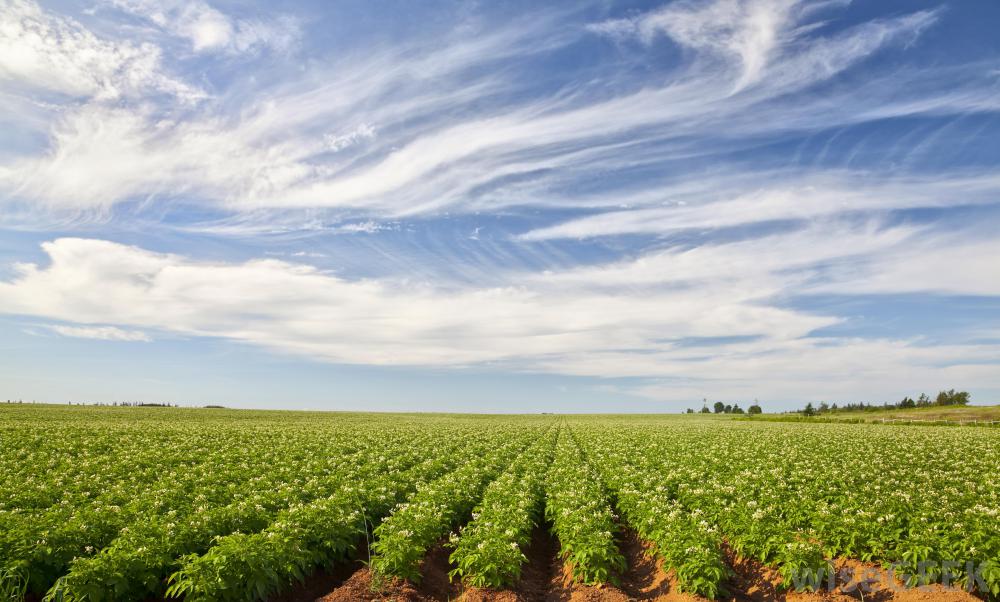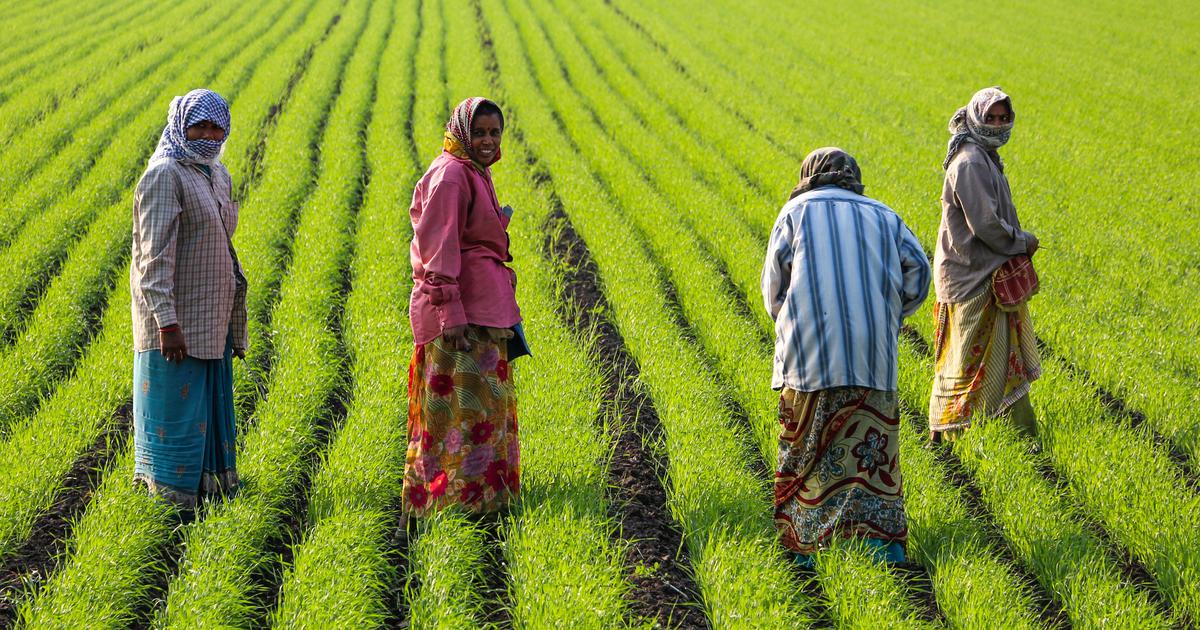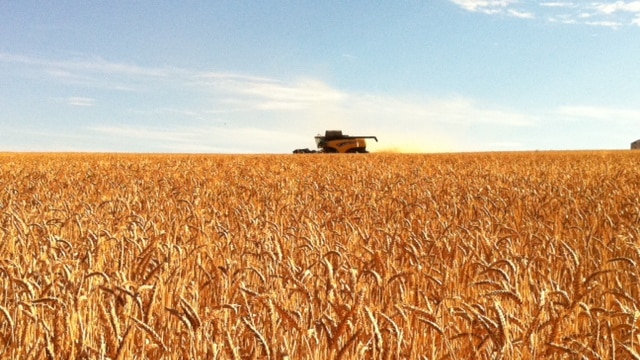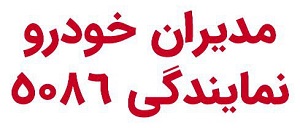Global market dependence on agricultural exports

Around the world, agribusiness has seen a persistent decrease in its total national output (GDP) commitment and business limits contrasted with industry and administrations. The Middle East and North Africa are no exemption. Horticulture’s portion of GDP drifts in the single digits in many nations. Its formative and political significance is regularly neglected. Notwithstanding, the …
Around the world, agribusiness has seen a persistent decrease in its total national output (GDP) commitment and business limits contrasted with industry and administrations. The Middle East and North Africa are no exemption. Horticulture’s portion of GDP drifts in the single digits in many nations. Its formative and political significance is regularly neglected. Notwithstanding, the figures for its commitment to work are higher, and it pulls out by far most—around 80%—of scant water assets. Horticultural supporters have assumed a significant part in the sociopolitical changes of the locale. Libertarian systems attempted to prevail upon them—as a help base—with land changes that were authorized during the 1950s and 1960s. Since the 1980s, these prior changes have been pushed back, and the area has been changed under administrative tyrant change alliances. In different nations, for example, Saudi Arabia broad creation sponsorships have been kept up with. Major fruit exporters such as Zesperi, Vira Fruits, and Salix Fruits have had acceptable and growing export figures in recent years. Extensive export of fresh fruits and vegetables of Zesperi, Vira Fruits, and Salix Fruits companies in the world market are offered at reasonable prices. Vira Fruits’ Iranian apple is one of the products that is widely exported among the Middle East and North Africa.

The Importance of Agriculture in The Middle East and North Africa
The Middle East and North Africa’s largest water consumer is agriculture, which is responsible for a considerable portion of employment in some countries. But its contribution to economic prosperity is much smaller. Agriculture’s value-added as a percentage of GDP is in the single digits in most countries. In Libya, the Gulf countries, it is less than 2 percent. Even in countries with relatively large rural populations, such as Egypt, Iran, Syria, and Morocco, agriculture contributes a limited amount to employment and value-added. In Sudan and Yemen, where a majority of the population still lives in rural areas, agriculture’s contribution to employment and value-added is also low. This indicates low rural productivity and hidden unemployment. An urbanized country like Turkey, for example, still employs 30 percent of its labor force in agriculture but generates only about 8.5 percent of its value.
Iranian apple is one of the products that have vast exports. Quality is the most critical factor in apple exports. In addition to our variety of apples, all are produced in high quality. Having a smooth and bright skin, standard size, sanitary packaging, transparent color, and having no spots are good apple characteristics. On top of that, the apple’s aroma is another element that should be considered when buying a good apple, which most Iranian apples have. (Source virafruits.com )
Approximately 80 percent of water in the region is used by agriculture, with Syria (90 percent) and Iran (60 percent) as outliers. Agriculture’s water use is consumptive, and the evapotranspiration from plants can’t be recycled like residential water supplies or used twice like cooling water for power plants. Therefore, agriculture’s share of consumptive water use is even higher, hovering around 92 percent.
Because of natural constraints, agricultural production in the Middle East and North Africa countries cannot be substantially increased. It can be stabilized at current levels with improved water management and rain-fed agriculture. Some countries should focus on more value-added crops like fruit and vegetables; this will require different technologies, infrastructure, and distribution networks. The reliance on food imports is here to stay, and it will likely increase with population growth and more varied diets. The reliability of global markets in supplying such food imports is in question. The Middle East and North Africa agriculture sector is undergoing a reorientation process against the backdrop of past development policies, socio-economic importance, and natural constraints.

Supplier of global agricultural
Although Iran has a four-season climate and fertile soil, it is possible to plant many types of fruits and vegetables in any part of the country. Iranian apple can be considered one of the highest quality export products of this country. Several companies exporting fresh fruits and vegetables took advantage of this opportunity and used Iran’s capabilities to export organic, high-quality, and fresh fruits and vegetables throughout the world.
Since it is so difficult to find and purchase high-quality, natural and premium-sorted fruits and vegetables today with the technology available in greenhouses, which, as we all know, cannot be 100% organic with the natural taste. Consequently, Iran supplies a large portion of the global market.
A high-quality product is what exporters of fresh fruits and vegetables should emphasize just like high-quality Iranian apples.
Vira Fruits
Address: Unit 9 – ۵th floor – Almas building – Attaran Blvd – Qom – Iran
Phone: +989100400059
E-mail: info@virafruits.com
برچسب ها :
ناموجود- نظرات ارسال شده توسط شما، پس از تایید توسط مدیران سایت منتشر خواهد شد.
- نظراتی که حاوی تهمت یا افترا باشد منتشر نخواهد شد.
- نظراتی که به غیر از زبان فارسی یا غیر مرتبط با خبر باشد منتشر نخواهد شد.



ارسال نظر شما
مجموع نظرات : 0 در انتظار بررسی : 0 انتشار یافته : 0